Verden Allen's 10 favourite organ rock songs
Mott The Hoople man's picks
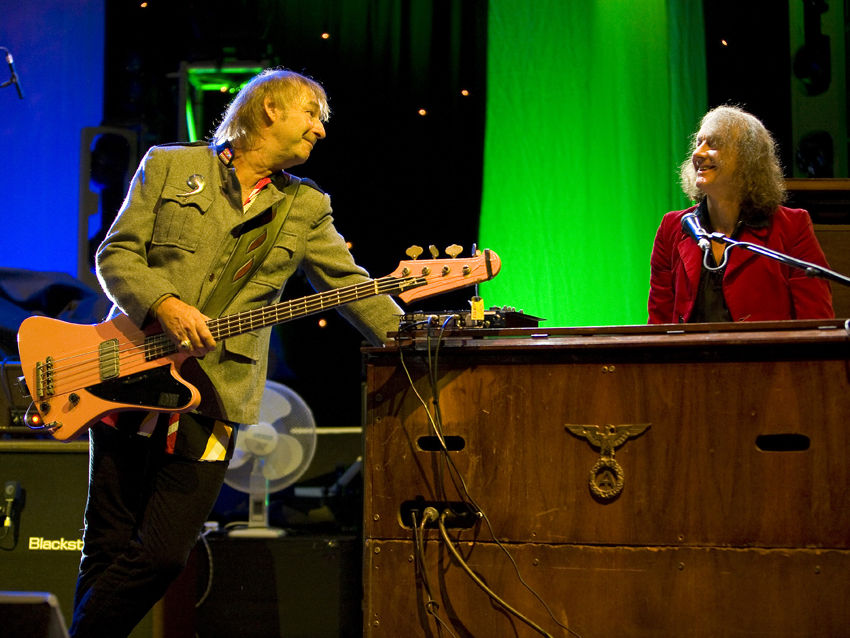
Verden Allen's 10 favourite organ songs
Whether it's Green Onions, Like A Rolling Stone or Many Rivers To Cross, there a few instruments that seem to cut directly to classic pop music's soul like the electric organ.
Ahead of a string of massive reunion shows at London's O2 we caught up with Mott The Hoople organist Verden Allen and asked him for his 10 favourite organ rock songs. First up, Alan Price's masterpiece, House Of The Rising Sun…
Mott The Hoople's 2013 tour hits the following venues:
11 November - Birmingham, England - Symphony
13 November - Glasgow, Scotland - Clyde Auditorium
16 November - Newcastle, England - City Hall
17 November - Manchester, England - O2 Apollo
18 November - London, England - The O2
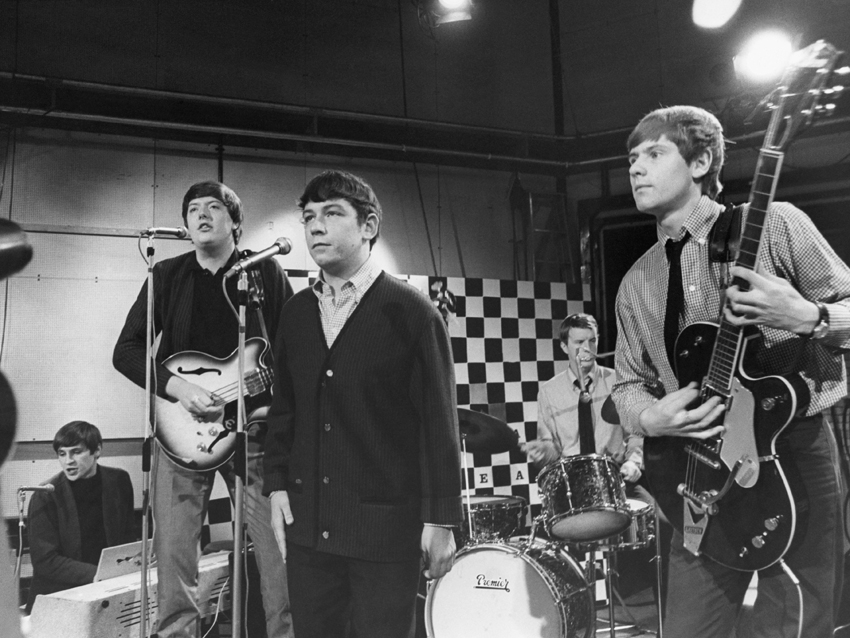
House Of The Rising Sun (1964)
"The first one would be House Of The Rising Sun, with Alan Price from The Animals. At that time he used a Vox Continental and it was a great sound. When I heard that, I thought, 'You've got to change on to organ now.' It was a classic song."
The Animals - The House Of The Rising Sun
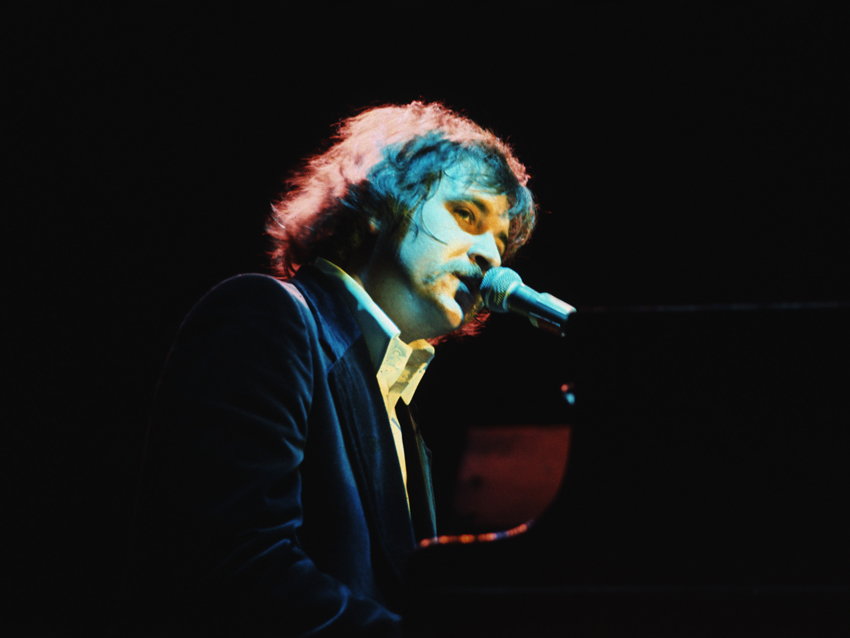
A Whiter Shade Of Pale (1967)
"Whiter Shade Of Pale was a big hit and brought Hammond organs straight up to the top of the list. Guy Stevens, the producer of Mott The Hoople, was involved in the [song's] beginning. It was about his wife. His wife came home and Guy said, 'What's wrong with you darling? Your face has gone a whiter shade of pale!'"
Procol Harum - A Whiter Shade Of Pale
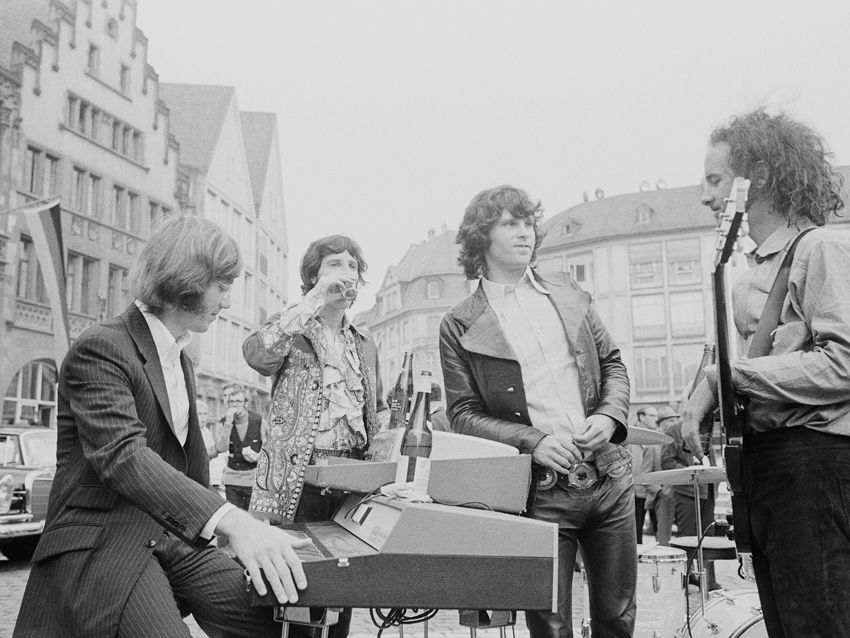
Light My Fire (1967)
"The Doors didn't have a bass player, so Ray Manzarek had to use his left hand for the bass and that again is very much an influence. It just showed at the time what could be done with the use of an organ, which is a driving force, an essential sound of the band."
The Doors - Light My Fire
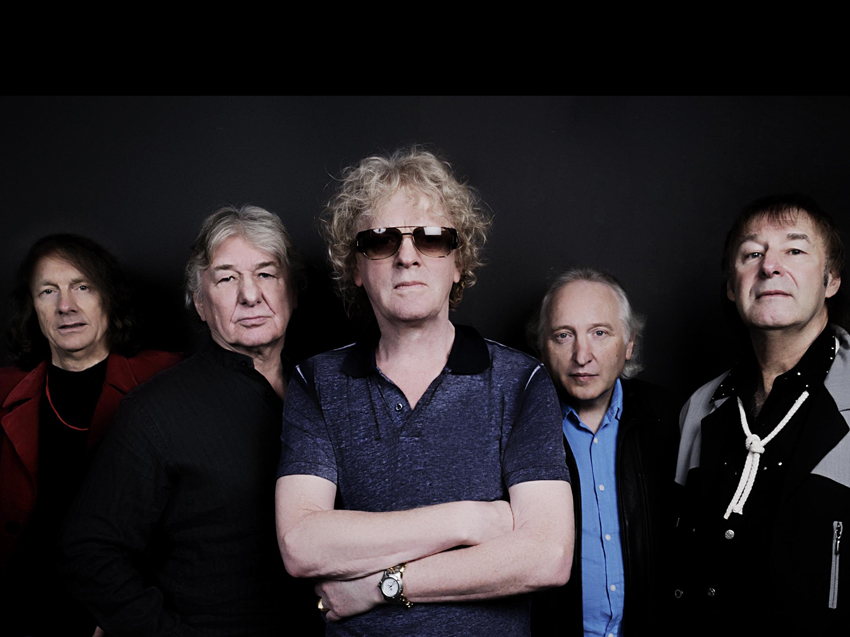
Half Moon Bay/Laugh At Me (1969)
"The Band had a loose feel to them, but that approach suited Mott The Hoople. When we were doing Half Moon Bay, I put some raspy organ on that. There was also Laugh At Me on that particular album, it was more about the complete feel of the album when it comes to the style I had then. We recorded on eight-track, so there wasn't much dubbing on it… I always liked to get it with the one take."
Mott The Hoople - Half Moon Bay
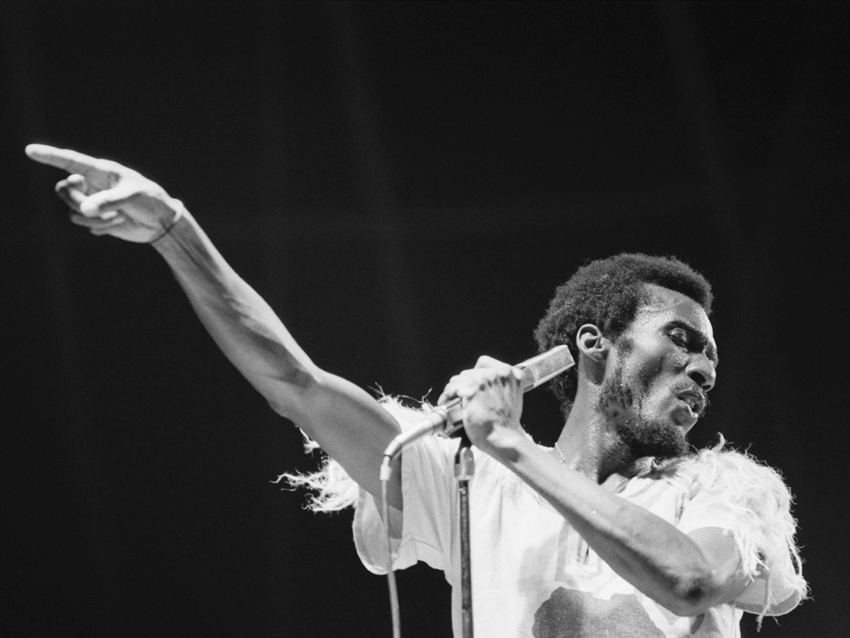
Many Rivers To Cross (1969)
"Before we had our deal I was [playing live] with Jimmy Cliff. He was writing songs like Many Rivers To Cross and there's some lovely Hammond organ on that. I was with him for three years, and I said to Jimmy, 'I want to record something', so we actually did A Whiter Shade Of Pale! I recorded A Whiter Shade Of Pale with Jimmy Cliff. It's on one of his albums, I forget which."
Jimmy Cliff - Many Rivers To Cross
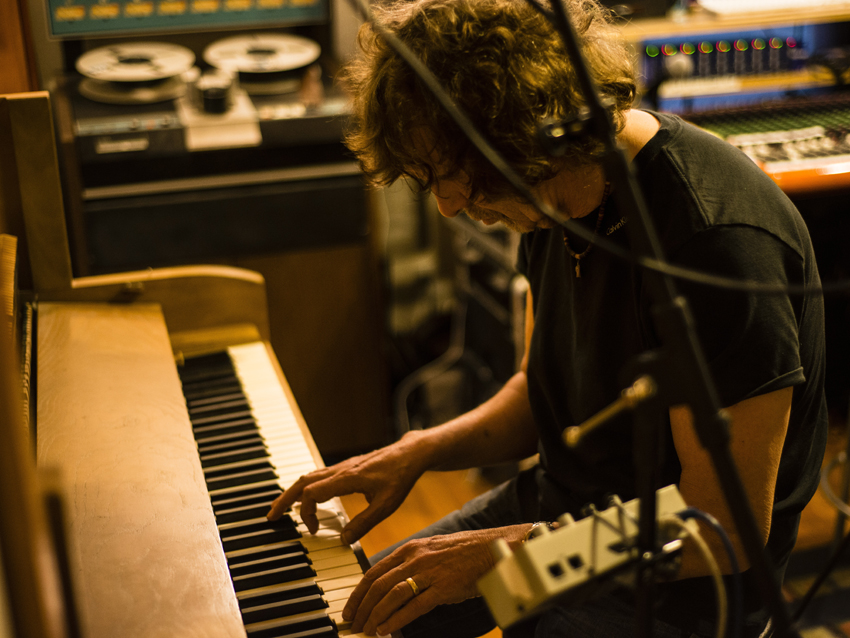
Hold Your Head Up (1972)
"He was a good player, Argent. That song sticks in my mind a lot. I remember going over to France with Mott The Hoople and on the way back we had a rough crossing - the waves were as high as a double-decker bus, if not higher - and everybody was ill. And they kept playing that track, 'Hold your head hiiiigh!' [laughs]."
Argent - Hold Your Head Up
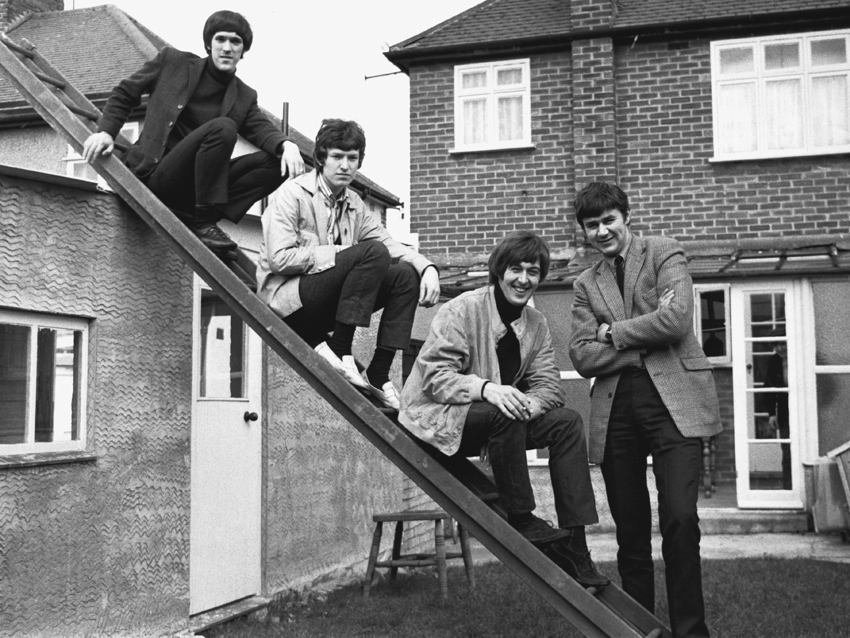
Gimme Some Lovin' (1966)
"Steve Winwood didn't play any marvellous solos on that, but it was the raspy sound of the organ. That inspired me to look for a different type of organ sound. I started to use a Leslie 145 with a Hammond C3… I used to override the speakers to get it to raw. They didn't like it much at the BBC!"
Spencer Davis Group - Gimme Some Lovin'
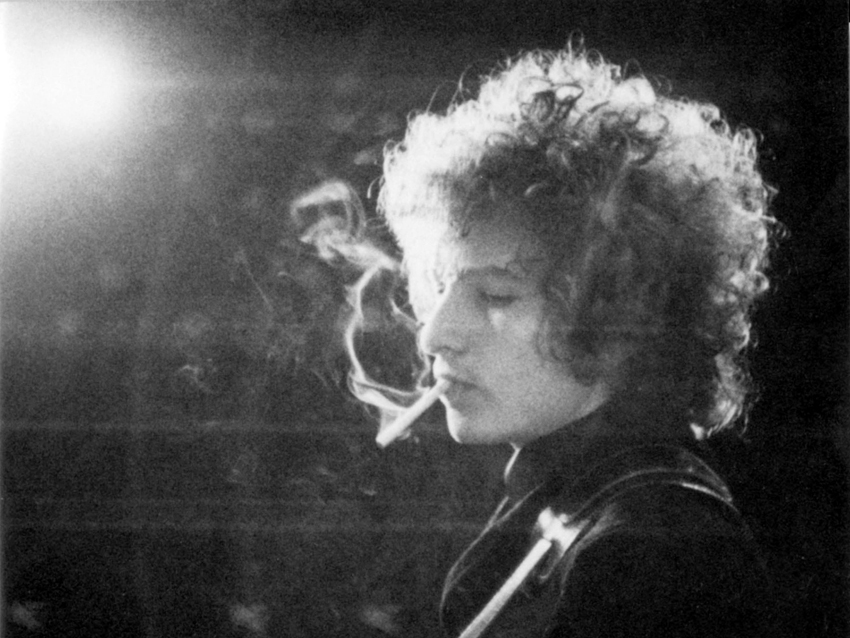
Like A Rolling Stone (1965)
"When Mott The Hoople got involved with [producer] Guy Stevens, the Dylan influence started to come into it - that nice weaving organ. I had to get into a different style of playing, which was no problem - I always play for the song. With that sort of song, it's automatic - the riffs on it, well, you couldn't really play anything else, you know?"
Bob Dylan - Like A Rolling Stone (live version)

The Journey (1971)
"I went over to an acoustic amp to give a real rusty type of sound for [fourth album] Brain Capers. The Journey is off that and there are some nice little organ bits. When we recorded that album it was more or less done live, and like I said, you do things automatically, but I was very proud of that one."
Mott The Hoople - The Journey
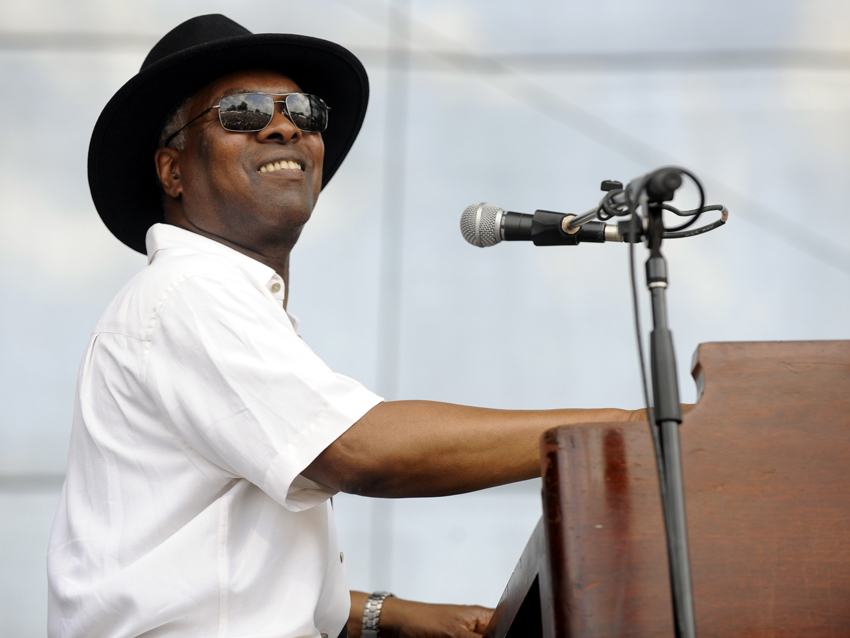
Green Onions (1962)
"Booker T. was such an influence for me and I still use a similar style to him. He used the sound of the Hammond very, very well. Green Onions is a classic really. The classic. [They had a song called] Slim Jenkins' Joint, I remember, and they had to change it Slim Jenkins' Place because joint wasn't a word you could use!"
Booker T. & The M.G.s - Green Onions
Matt is a freelance journalist who has spent the last decade interviewing musicians for the likes of Total Guitar, Guitarist, Guitar World, MusicRadar, NME.com, DJ Mag and Electronic Sound. In 2020, he launched CreativeMoney.co.uk, which aims to share the ideas that make creative lifestyles more sustainable. He plays guitar, but should not be allowed near your delay pedals.
